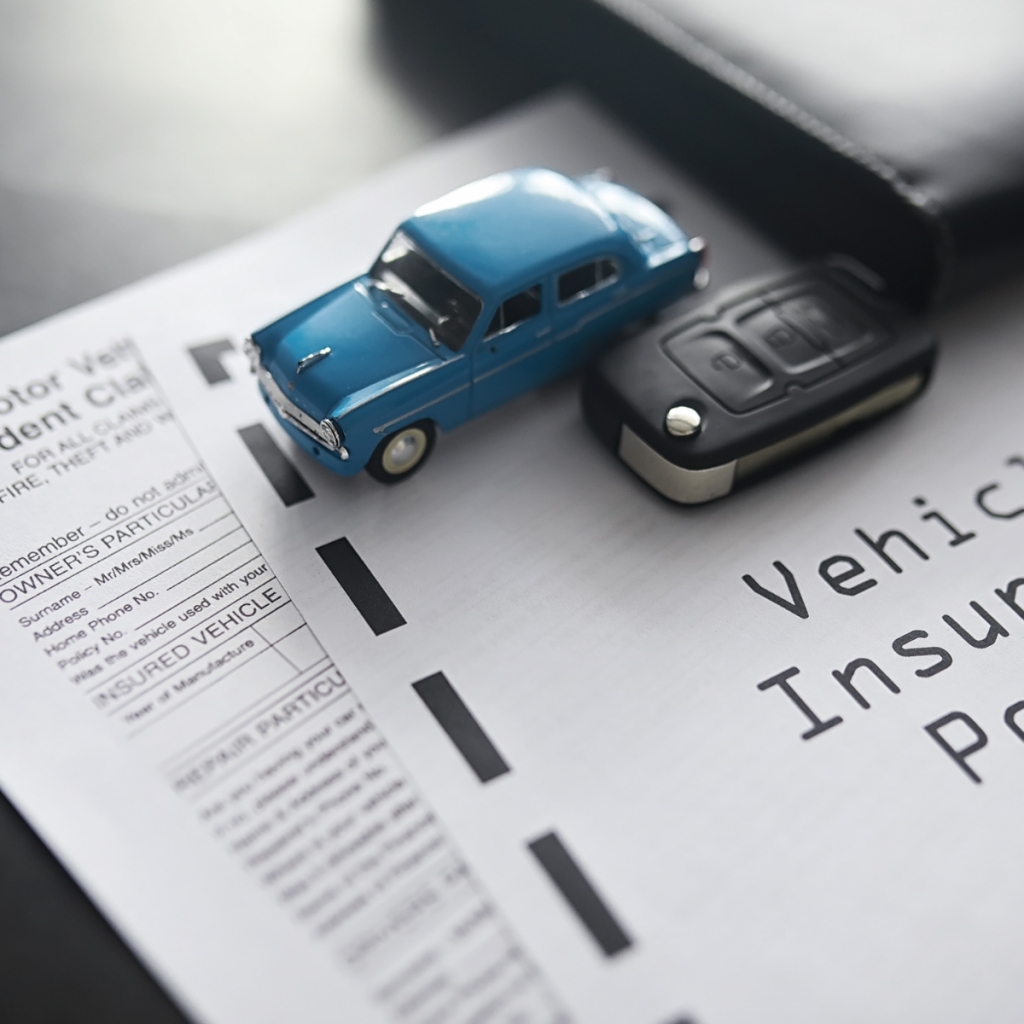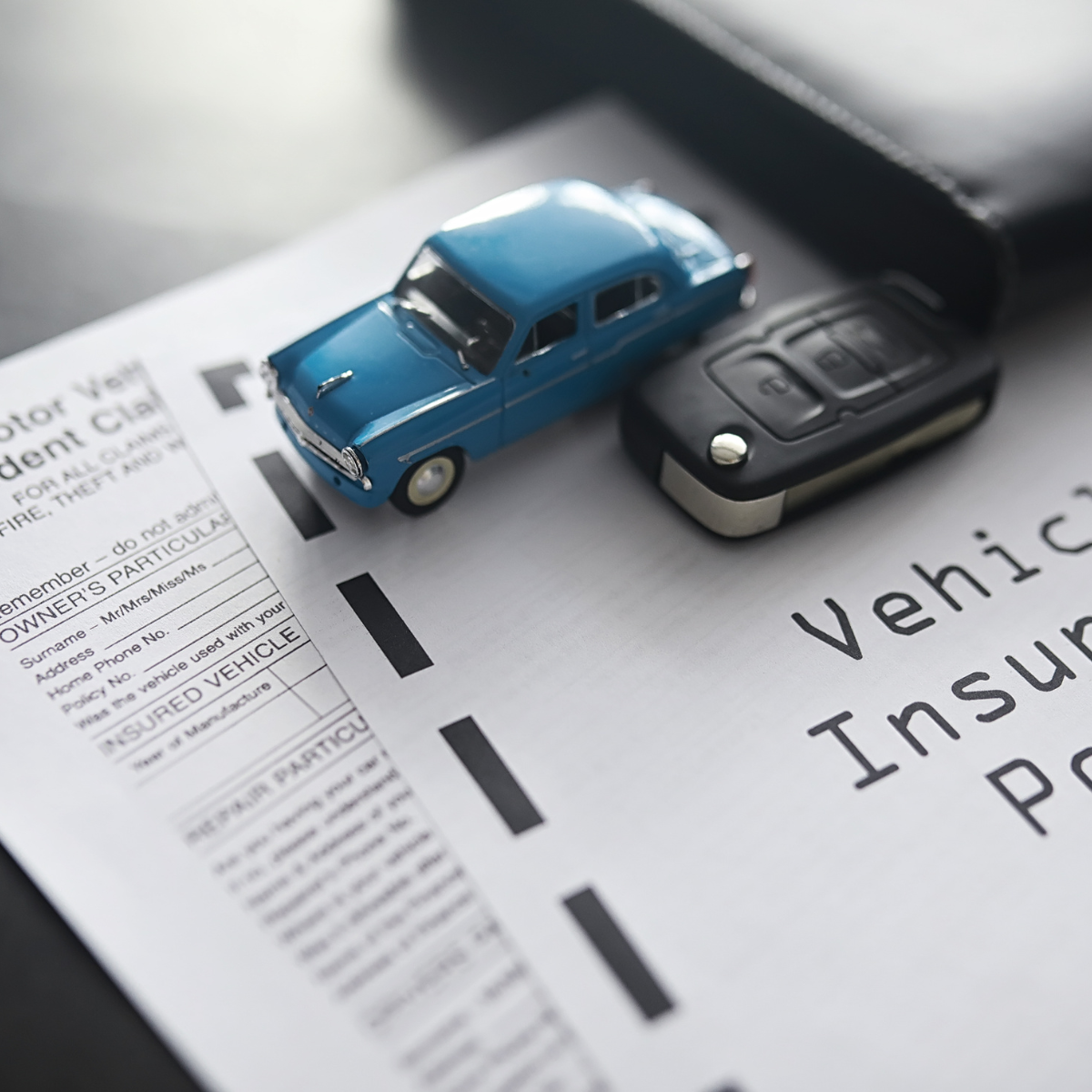When it comes to purchasing car insurance, many drivers find themselves wondering why their premiums are higher or lower than others. While it’s tempting to think that rates are purely based on the type of vehicle you own, the truth is that car insurance premiums are influenced by a variety of factors. Understanding these factors can help you make better decisions when shopping for car insurance and potentially lower your rates. In this article, we will explore the various factors that insurance companies take into account when determining your premiums, and how you can influence those factors to save on your policy.
1. Your Driving Record
One of the most significant factors that impact your car insurance premiums is your driving record. Insurance companies use your history behind the wheel to assess your risk as a driver. If you have a clean driving record with no accidents or violations, you are seen as less of a risk, and your premiums will be lower. On the other hand, if you have a history of speeding tickets, accidents, or DUI convictions, you may face higher premiums due to the increased likelihood of you being involved in future incidents.

Safe Driving Record
Maintaining a clean driving record is one of the easiest ways to keep your car insurance premiums low. A safe driving history demonstrates to insurance companies that you are a low-risk driver. Insurance providers often offer discounts to drivers who have not been involved in accidents for a number of years, or who have completed defensive driving courses.
Traffic Violations and Accidents
Any traffic violations, such as speeding tickets, running red lights, or driving under the influence, can significantly increase your premiums. Additionally, if you’ve been involved in accidents, even if you weren’t at fault, your insurer may view you as a higher-risk driver. Multiple claims or accidents can lead to substantially higher rates.
2. The Type of Vehicle You Drive
The make and model of your vehicle also play a crucial role in determining your insurance premium. Insurance companies assess the cost to repair or replace your car, as well as the likelihood of theft and accident frequency for certain vehicles.
Vehicle Make and Model
Luxury vehicles or sports cars typically have higher premiums due to their expensive parts and higher repair costs. On the other hand, cars with higher safety ratings or those known for their reliability and durability may cost less to insure. For example, sedans and compact cars are usually less expensive to insure than SUVs and trucks, particularly if the vehicle has advanced safety features like airbags, anti-lock brakes, or collision warning systems.
Vehicle Safety Features
Vehicles equipped with advanced safety features, such as anti-theft systems, airbags, lane departure warnings, and rearview cameras, are often eligible for discounts on car insurance. Insurance providers tend to offer lower premiums for cars with these technologies because they reduce the likelihood of accidents and injuries.
Car’s Age
The age of your vehicle can also influence your premiums. Older cars may cost less to insure because they have a lower replacement value. However, older cars may lack modern safety features, which could raise the premium. Conversely, newer cars with advanced safety features and higher repair costs might have higher premiums.
3. Your Location
Where you live can have a significant impact on your car insurance rates. Insurance companies consider the location of your residence to determine the level of risk in that area. If you live in an area with high traffic, frequent accidents, or high crime rates, your premiums may be higher.
Urban vs. Rural Areas
Drivers who live in urban areas typically face higher premiums than those in rural areas. This is because cities tend to have higher traffic congestion, increased chances of accidents, and a greater likelihood of vehicle theft. Rural areas generally have less traffic, which reduces the risk of collisions and theft.
Crime Rates
In areas with high crime rates, particularly vehicle theft, insurers will adjust premiums accordingly. If your car is more likely to be stolen or vandalized in your neighborhood, your insurance premiums may reflect the added risk.
Weather Conditions
Certain weather conditions, such as hail, heavy snowfall, or floods, can increase the risk of damage to your vehicle. In states or regions that experience extreme weather conditions, insurers may raise premiums to account for the potential damage caused by such events.
4. Your Age and Gender
Age and gender are factors that insurers consider when calculating premiums. Young drivers, particularly those under 25, are generally considered higher-risk drivers due to their inexperience and higher likelihood of being involved in accidents. Additionally, male drivers, especially young males, tend to have higher premiums because statistics show that they are more likely to be involved in accidents.
Age
Younger drivers typically face higher premiums because they lack driving experience. However, as you get older and gain more experience on the road, your premiums will often decrease. On the other hand, older drivers, especially those over the age of 65, may also see increased rates due to a higher risk of accidents and health-related driving issues.
Gender
Male drivers are statistically more likely to be involved in accidents, which is why they often pay higher premiums than female drivers. This gender-based pricing, however, is being phased out in some areas due to changes in regulations.
5. Your Credit Score
Many insurance companies consider your credit score when determining your car insurance premium. Research has shown that individuals with poor credit are more likely to file claims, which leads insurers to charge them higher premiums. Conversely, individuals with good credit scores are often rewarded with lower rates, as they are seen as more financially responsible and less likely to file claims.
Credit History
A good credit history can help lower your car insurance premiums, as insurance companies believe that individuals with better credit are more reliable and responsible. In states where insurers are allowed to consider credit scores, maintaining a good credit score is an important step in reducing your insurance costs.
The Impact of Poor Credit
If you have a low credit score, insurers may charge you more for coverage. It’s important to note that some states prohibit insurers from using credit scores as a factor in setting premiums. However, if your state allows it, improving your credit score could lead to significant savings on your car insurance.
6. Your Coverage and Deductibles
The amount of coverage you choose and the size of your deductible are also critical factors in determining your insurance premium. The more coverage you select, the higher your premium will likely be. Similarly, the higher your deductible, the lower your premium can be.

Choosing the Right Coverage
If you opt for more extensive coverage, such as comprehensive and collision insurance, your premiums will increase. However, this extra coverage provides better protection, especially if you have a high-value vehicle or live in a high-risk area. On the other hand, basic liability insurance will lower your premiums but may leave you underinsured in the event of an accident.
Deductibles
The deductible is the amount you pay out of pocket before your insurance policy kicks in. If you choose a higher deductible, your premium will generally be lower. However, you should ensure that you can afford the deductible in case of an accident or damage.
7. The Insurance Provider’s Policies
Different insurance companies have different methods for calculating premiums. While some may give discounts for bundling multiple policies or safe driving, others may offer better rates based on the claims experience of their customers. It’s important to shop around and compare quotes from various providers to find the best deal for your needs.
Comparing Insurance Companies
Insurance companies differ in how they assess risk and calculate premiums, so it’s essential to compare rates and coverage options. Online comparison tools make it easier than ever to compare multiple quotes and find the best deal for your situation.
Conclusion
Car insurance premiums are influenced by a variety of factors, from your driving history to the type of vehicle you drive, and even where you live. By understanding the factors that affect your premiums, you can take steps to reduce your costs, such as maintaining a clean driving record, choosing a vehicle with good safety ratings, and shopping around for the best coverage options. While insurance premiums may seem overwhelming, knowing how they’re calculated can help you make more informed decisions and ultimately save money on your car insurance policy.

Leave a Reply